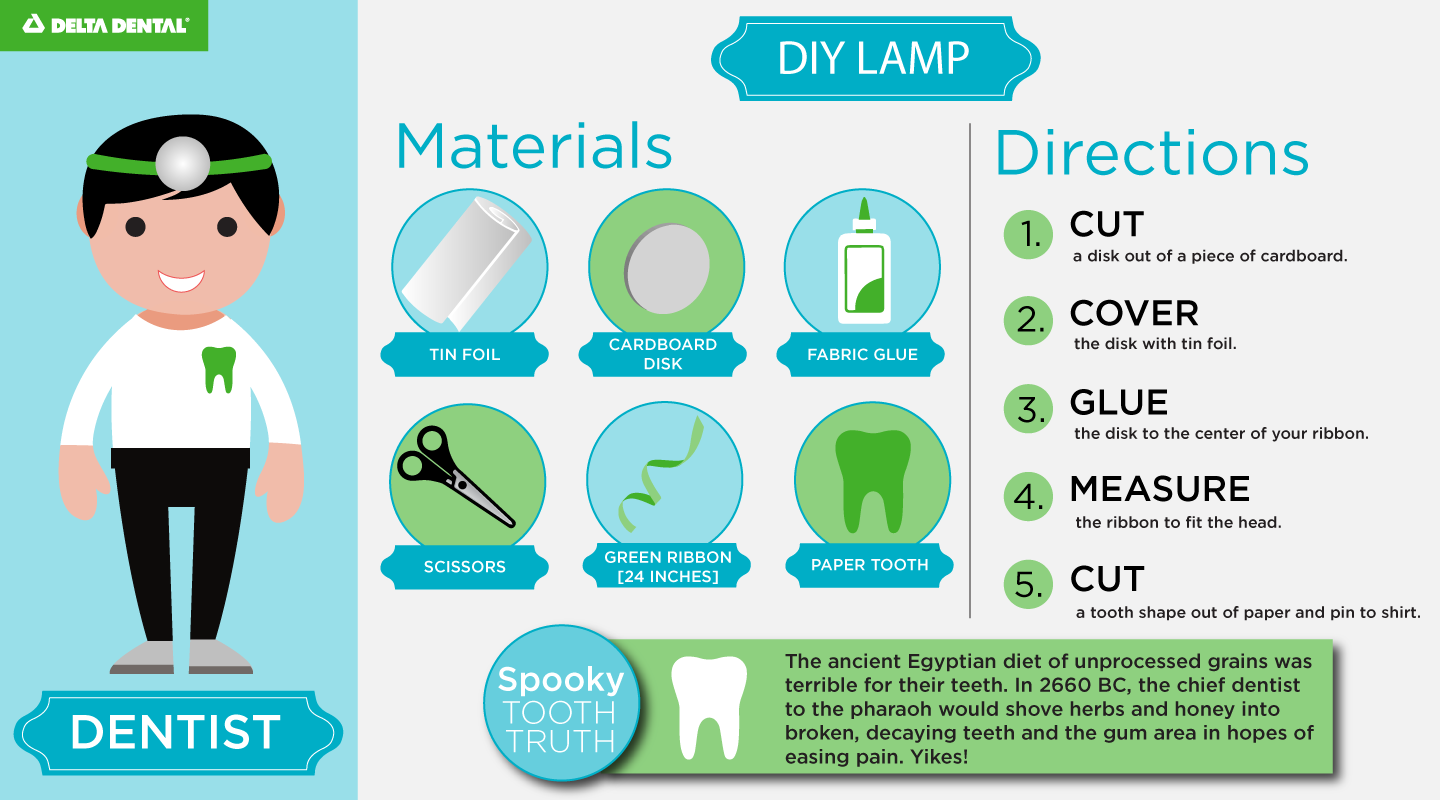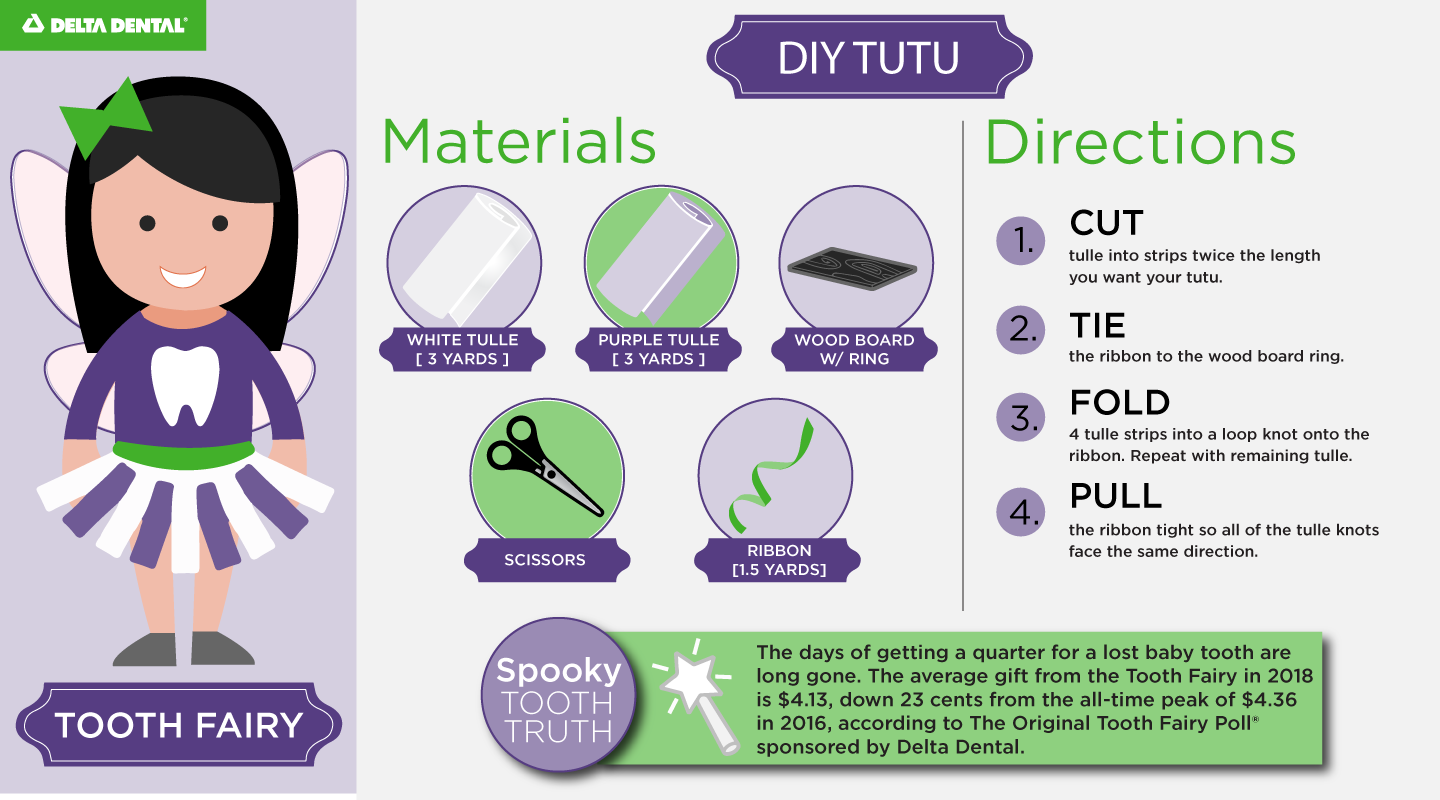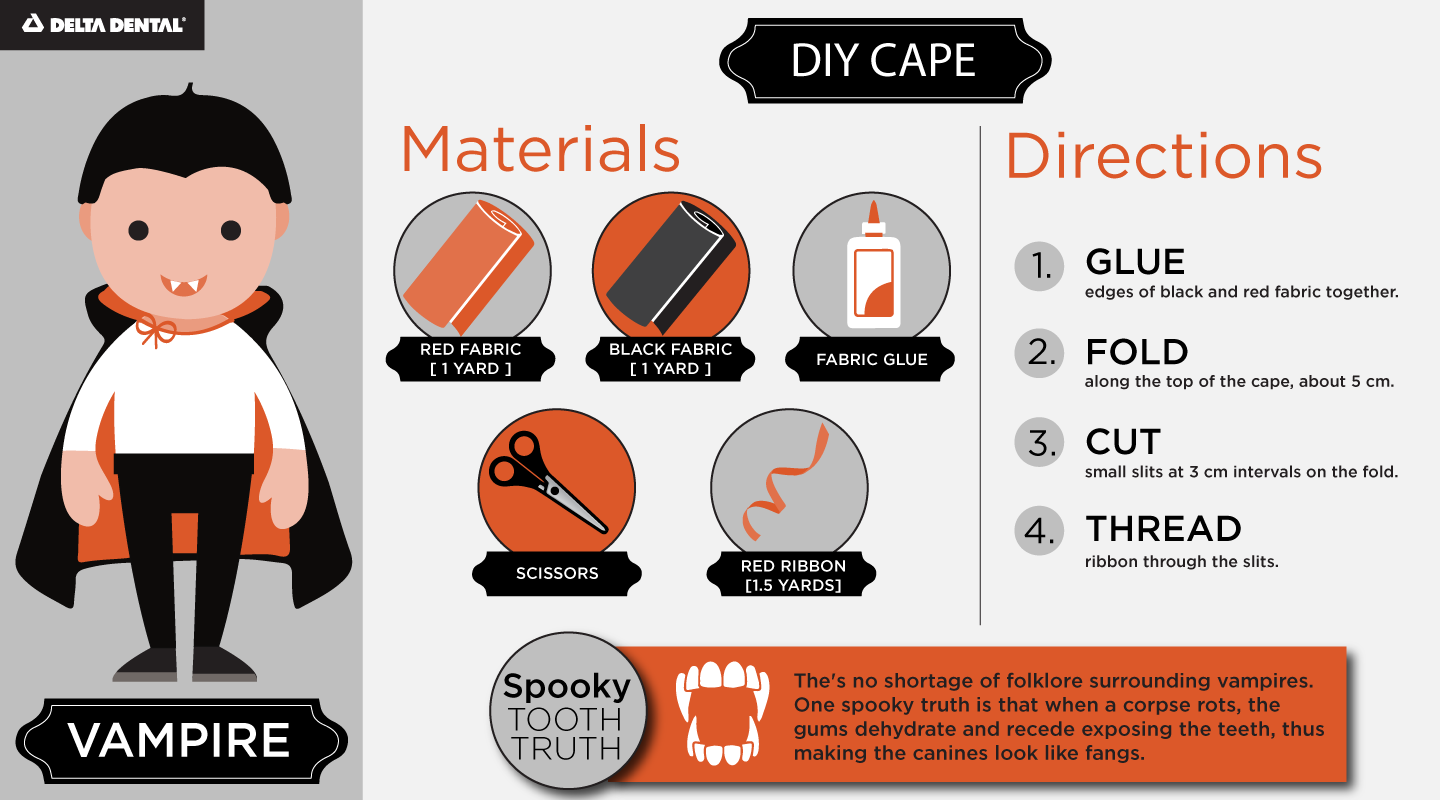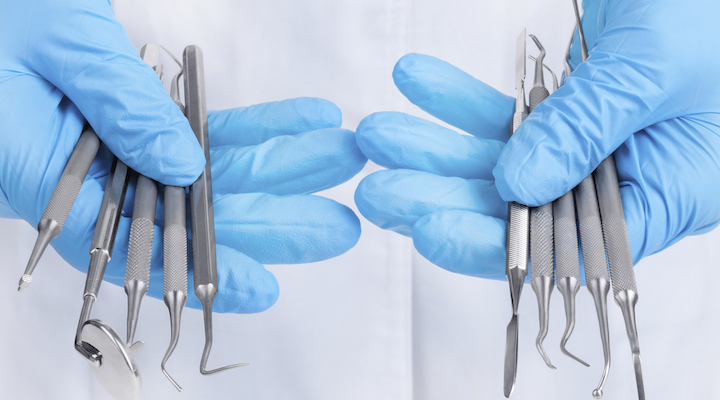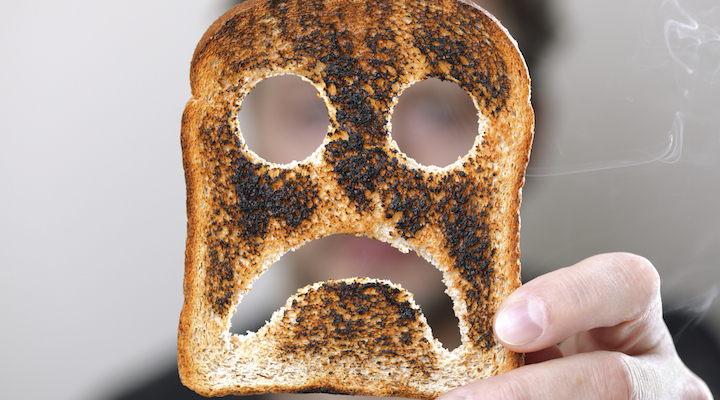Halloween costumes don’t have to be complicated or intricate; all you need are a few supplies and some crafty spirit. Here’s 3 of our clever costumes to DIY, from a Tooth Fairy, to a vampire, to a dentist costume for children.
TOOTH FAIRY COSTUME FOR CHILDREN
This Tooth Fairy tutu is an easy costume that can be whipped up in a flash. If you know how to make a knot, you’ll have no trouble creating this magical costume!
VAMPIRE COSTUME FOR CHILDREN
Vampires are known for their intimidating teeth, pale complexion and cape. Pop in the plastic fangs and make this DIY cape to turn your child into a miniature Dracula.
DENTIST COSTUME FOR CHILDREN
If your child prefers a more realistic costume than mythical one, stay true to form with this dentist headlamp. It’s the perfect addition for an easy dentist costume for children.
